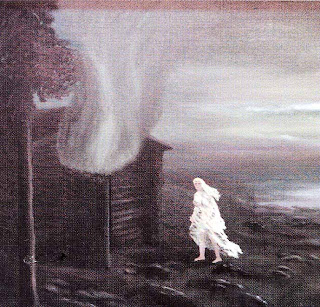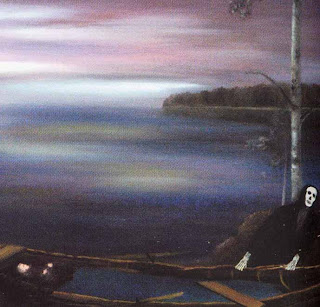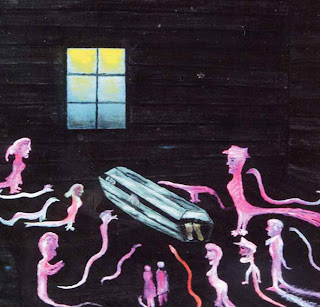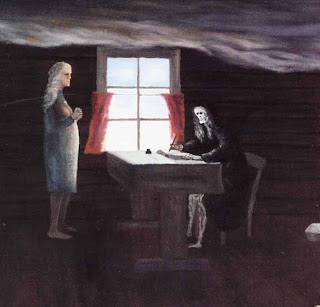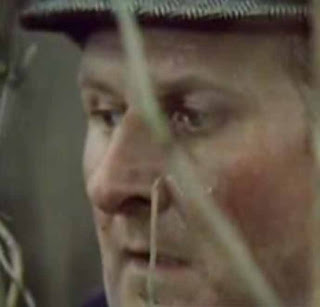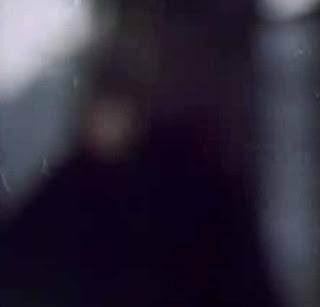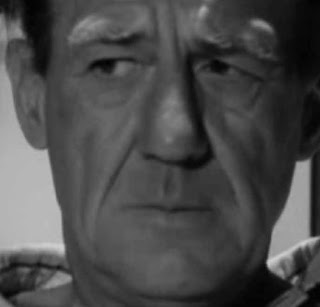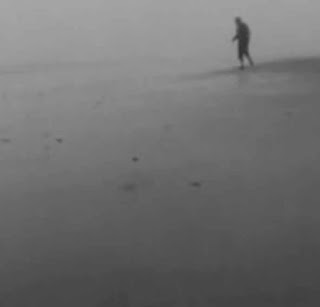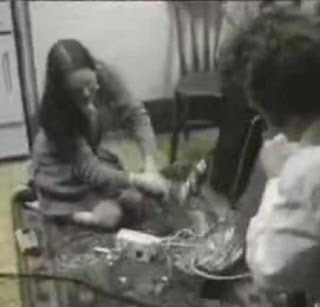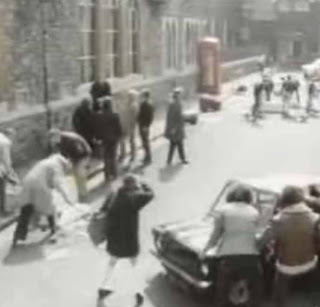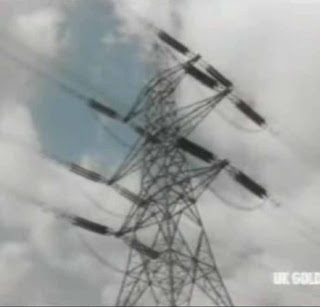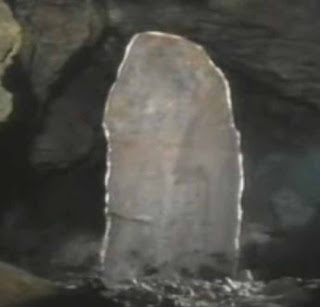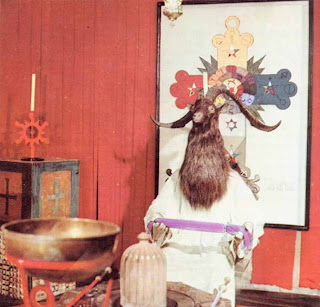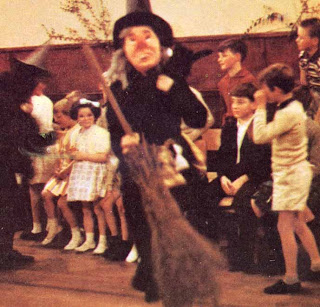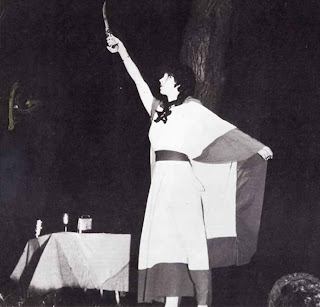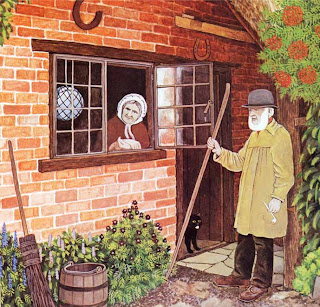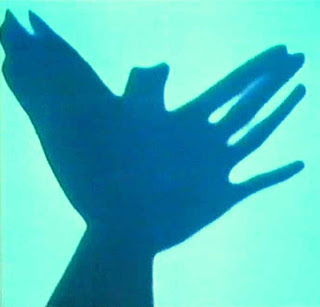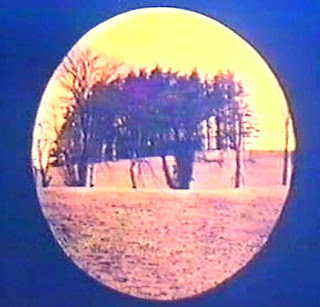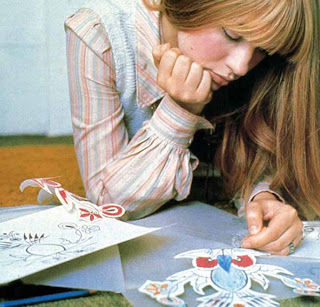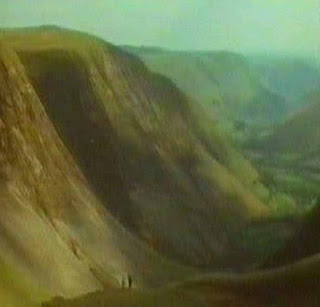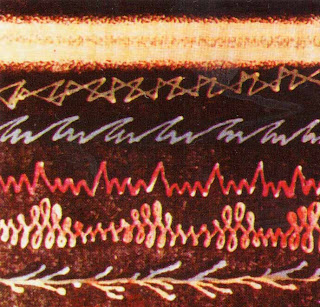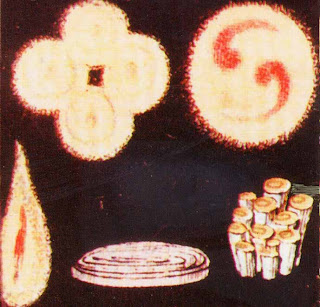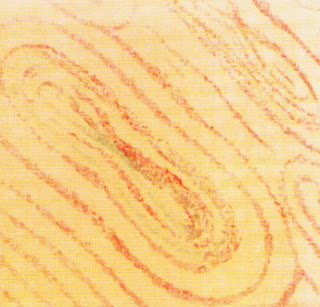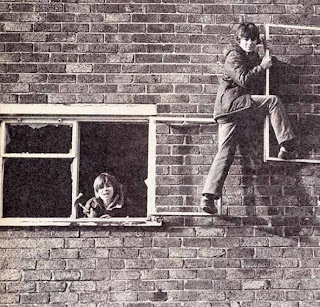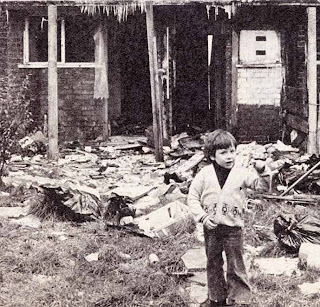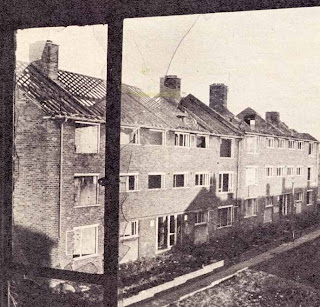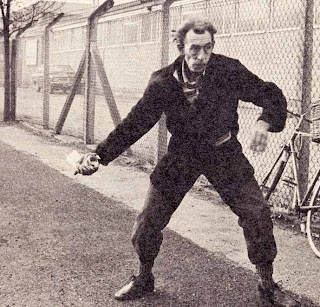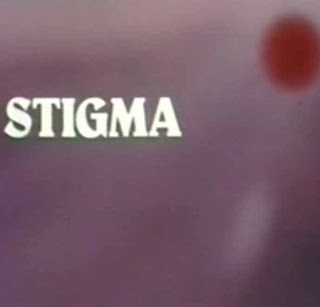

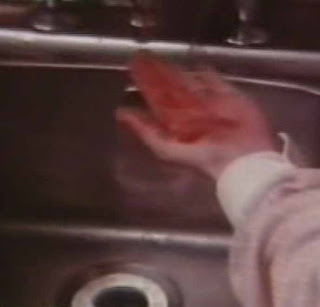
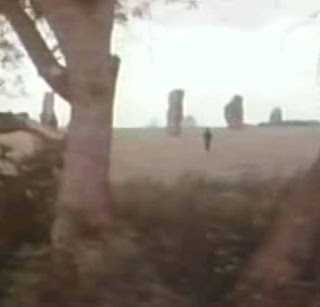

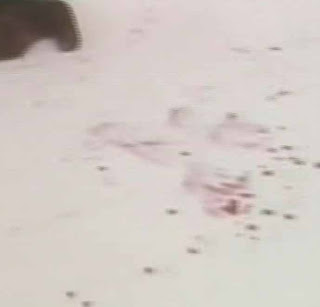
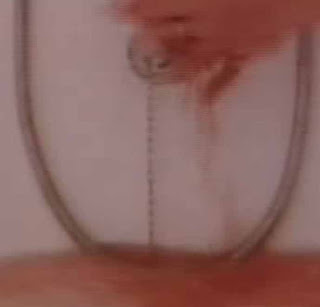

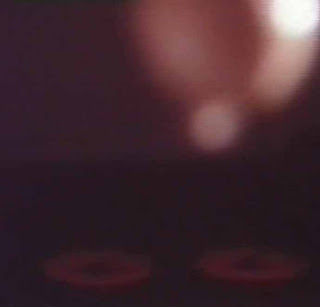
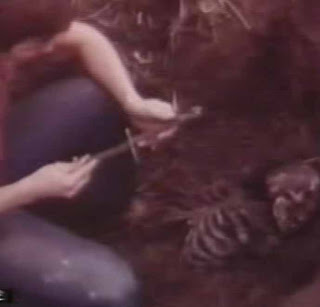
Stigma. 1977.
The penultimate of BBC's Ghost Stories for Christmas departed away from adapting stories by M.R. James and Charles Dickens in favour of a modern tale written by Clive Exton. The play explores similar themes as had appeared in productions such as the childrens' series 'Children of the Stones' and Nigel Kneale's plays 'Murrain' and 'Baby' - that is the ideas and themes of witchcraft and folklore in a modern day setting.
It starred Kate Binchy and Peter Bowles as Katherine and Peter, an affluent middle-class couple who move to the country with their teenage daughter. When workmen attempt to unearth a large menhir stone from their cottage garden, it unleashes a supernatural force which wreaks a ghastly curse on the wife. She begins bleeding heavily despite having no wounds. At first she is able to disguise it from her family but by the morning she is lying in a pool of blood with her husband and the local doctor looking on helplessly. Simultaneously the workmen discover that a human skeleton had been buried under the ancient stone. The remains of someone who seems to have been killed in a ritualistic manner.
